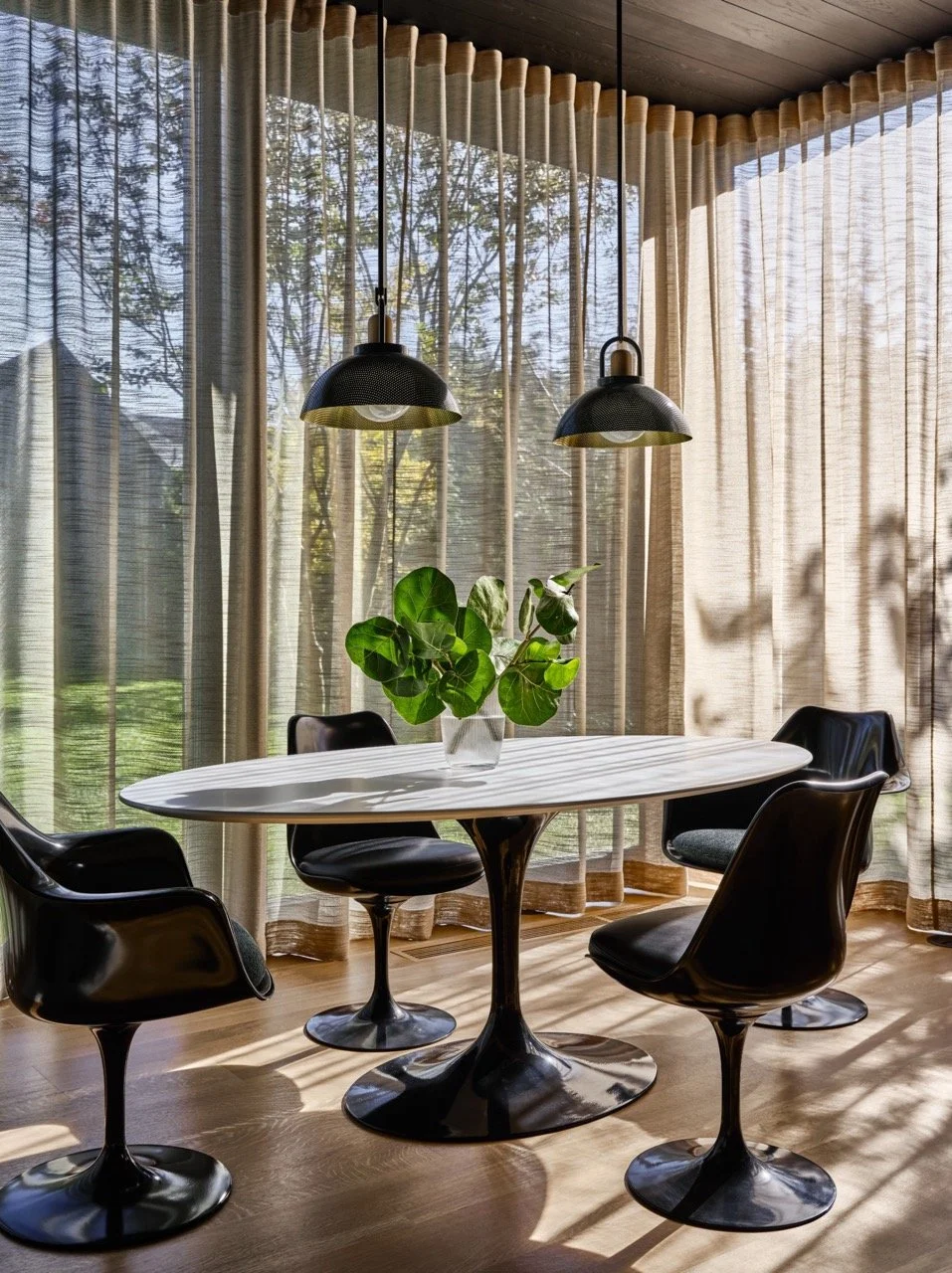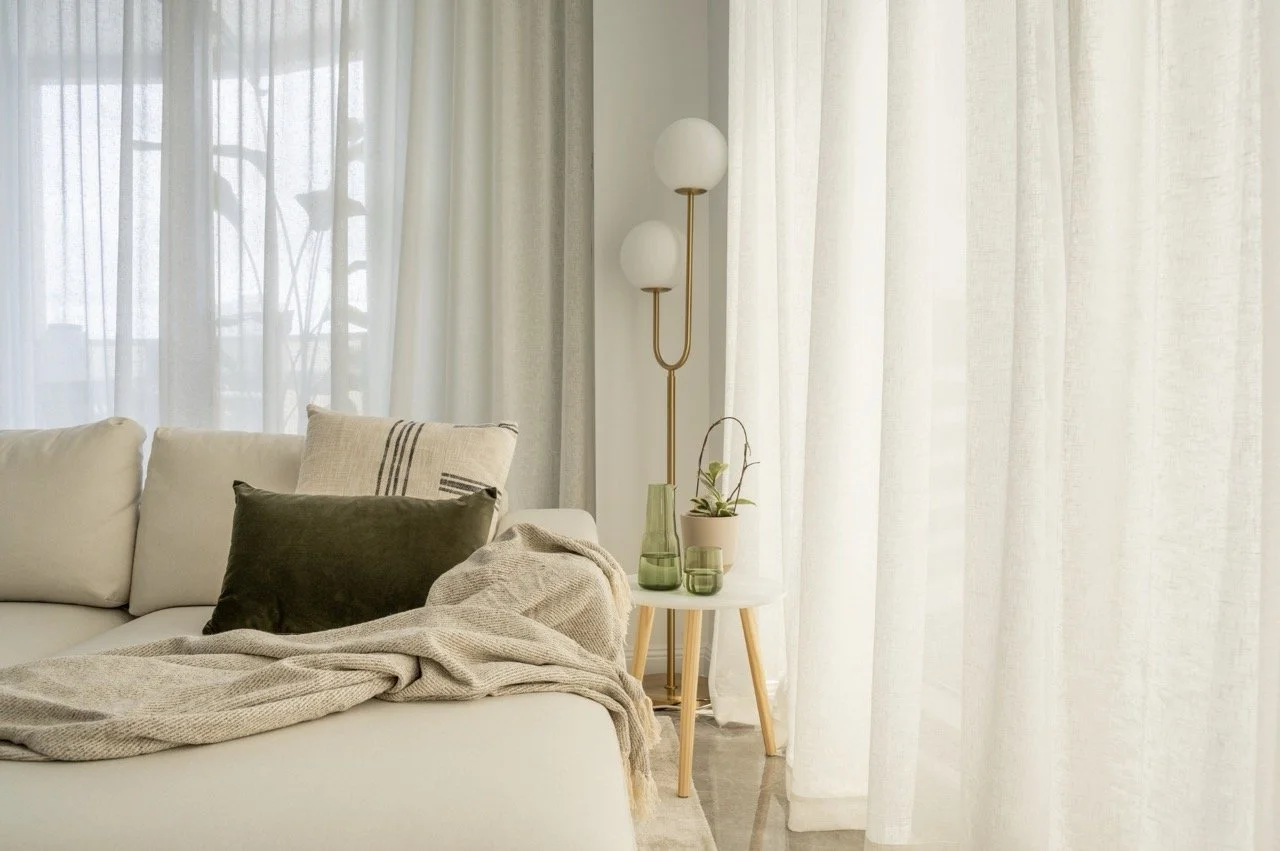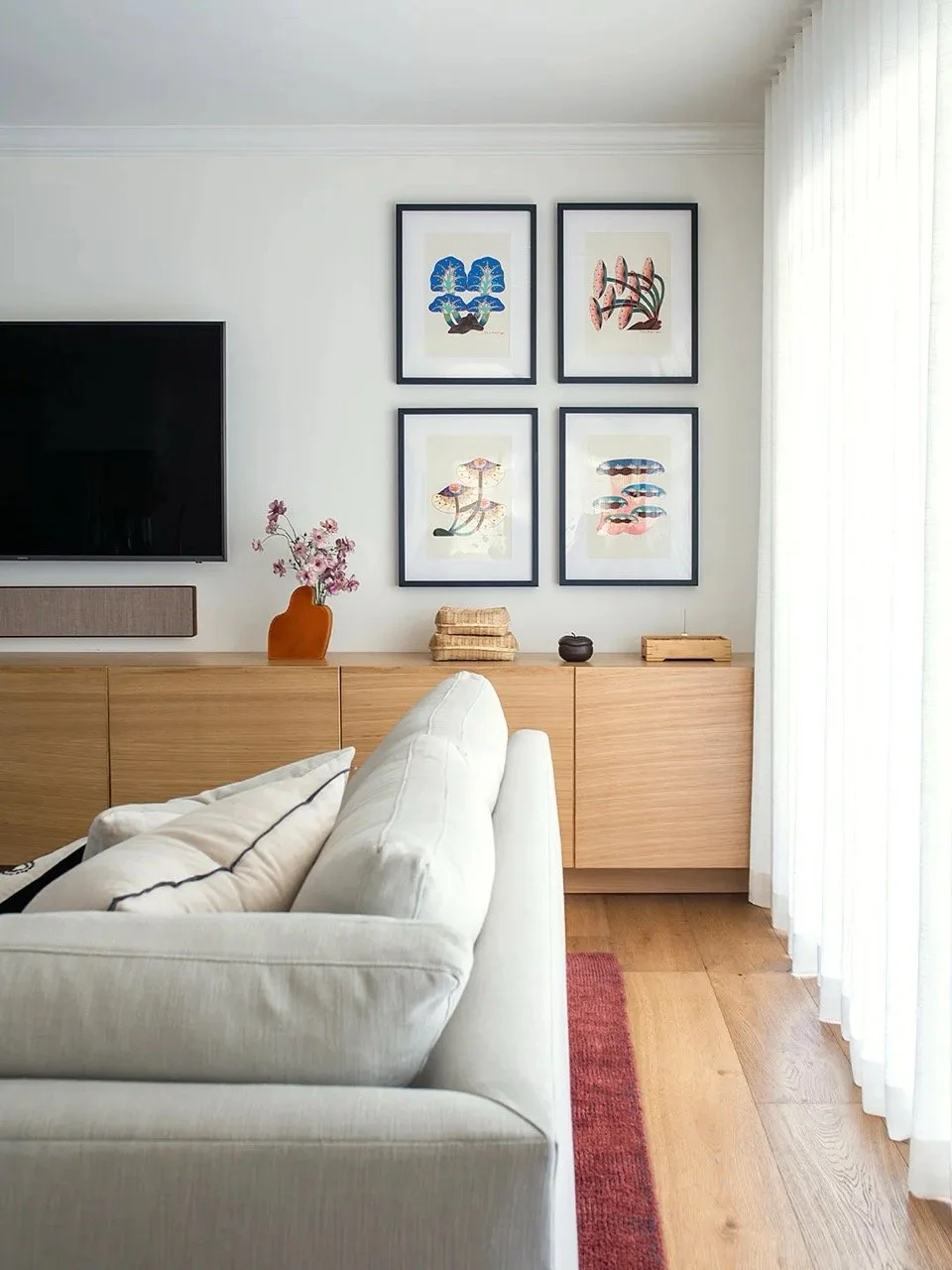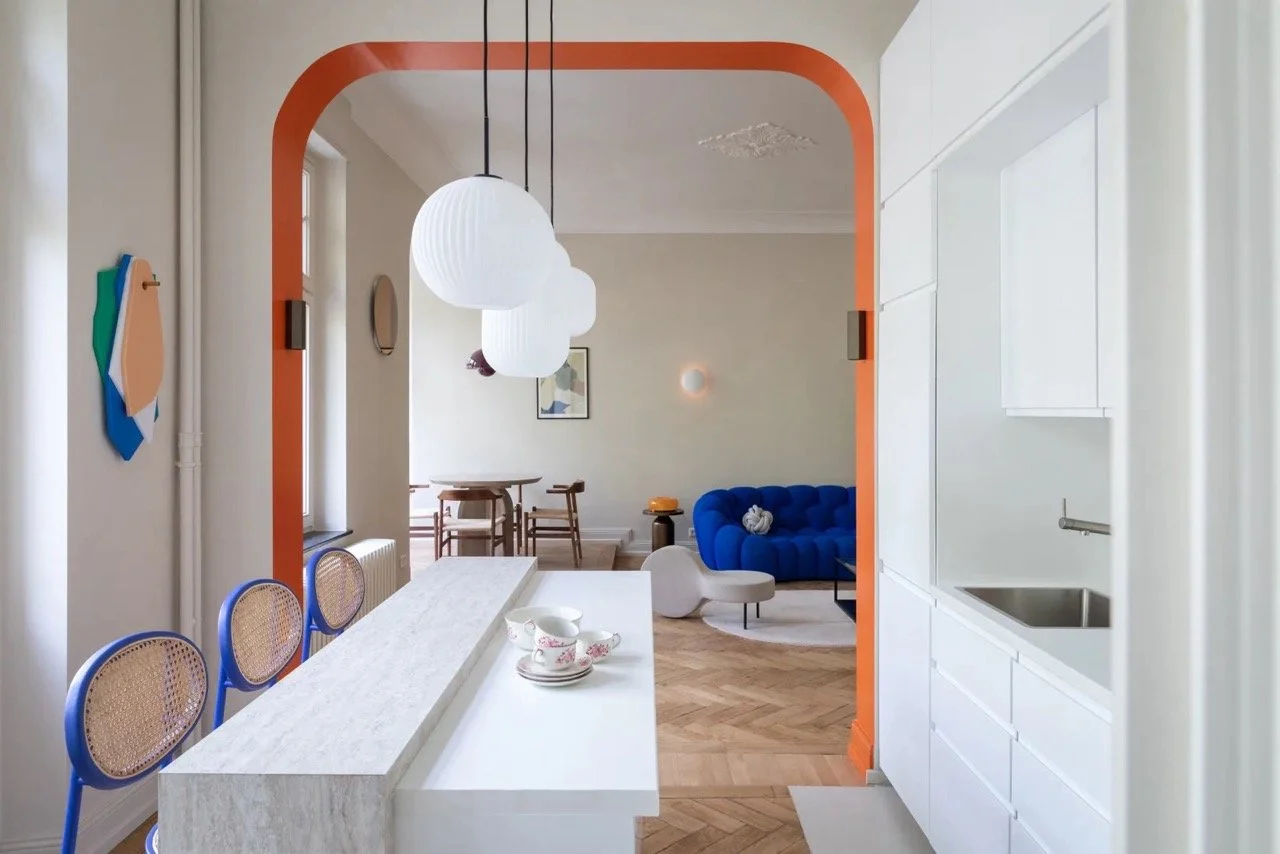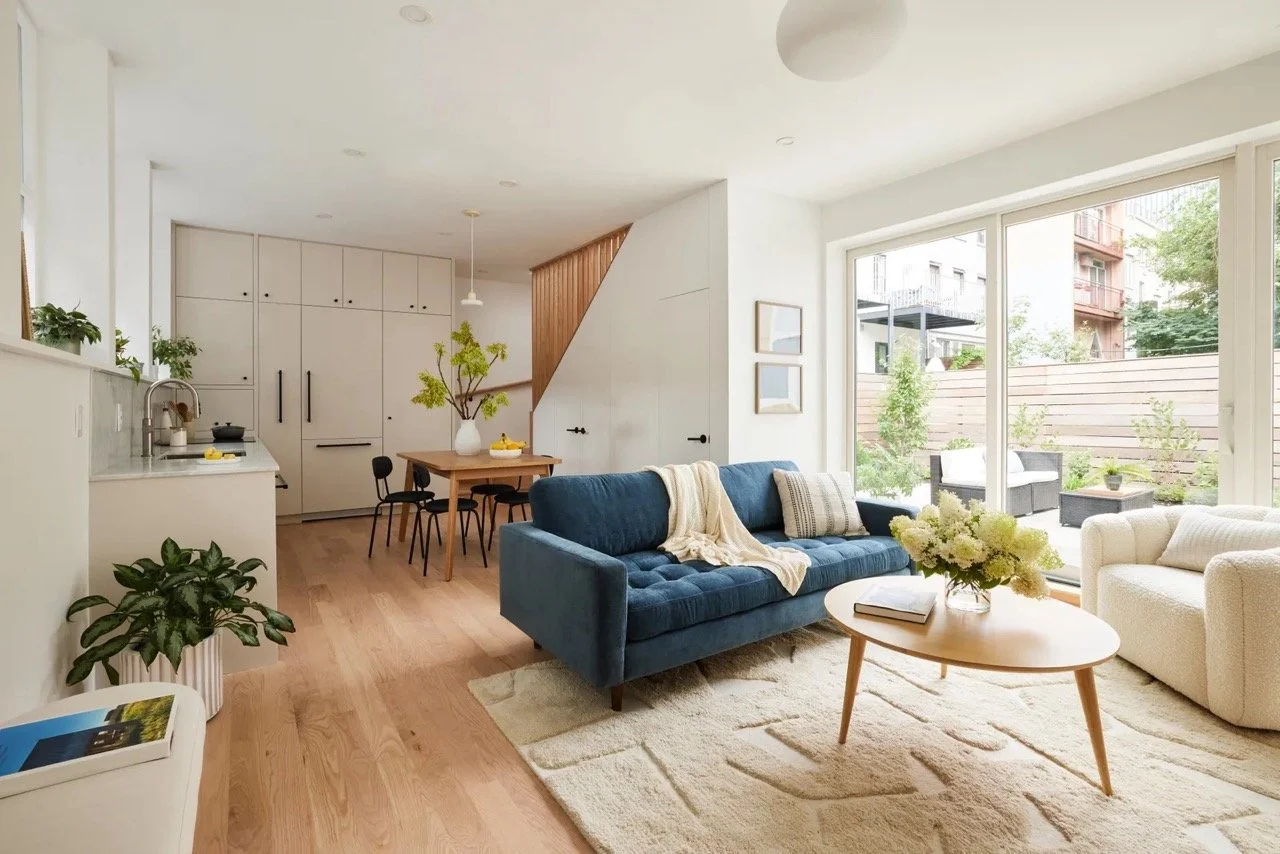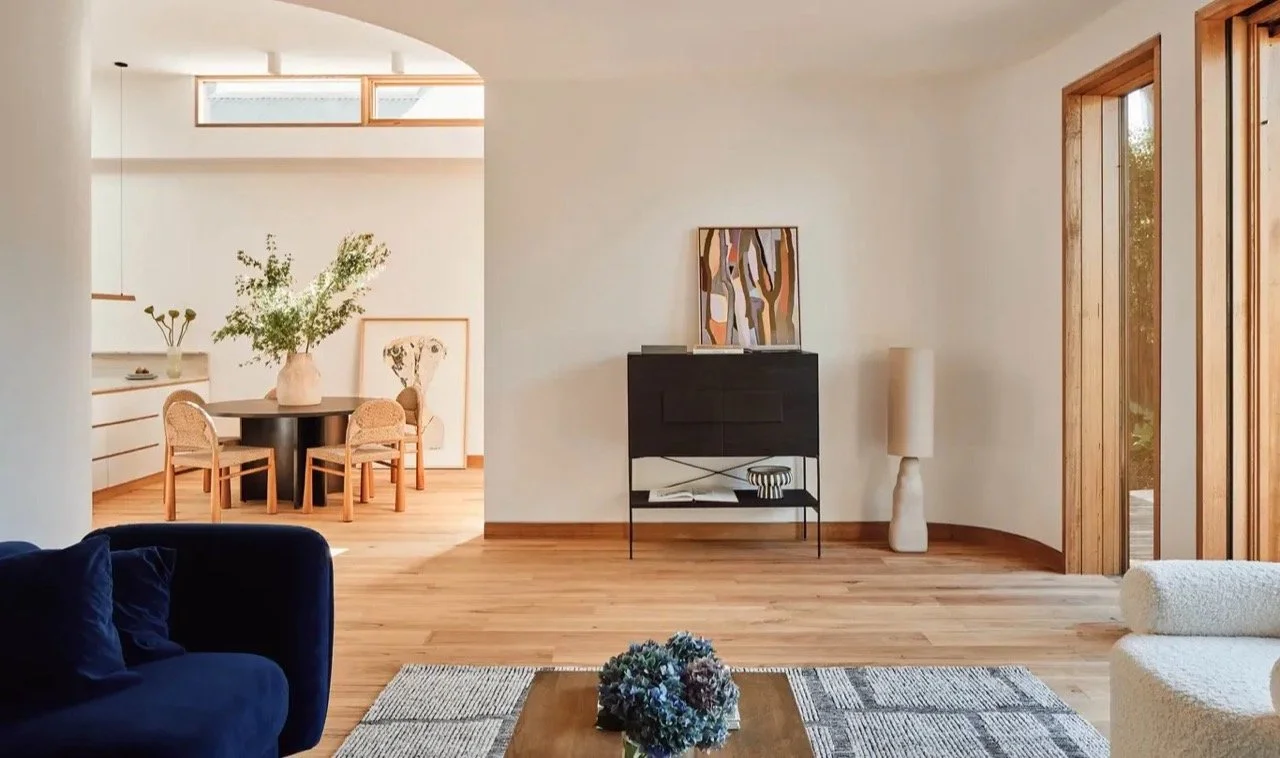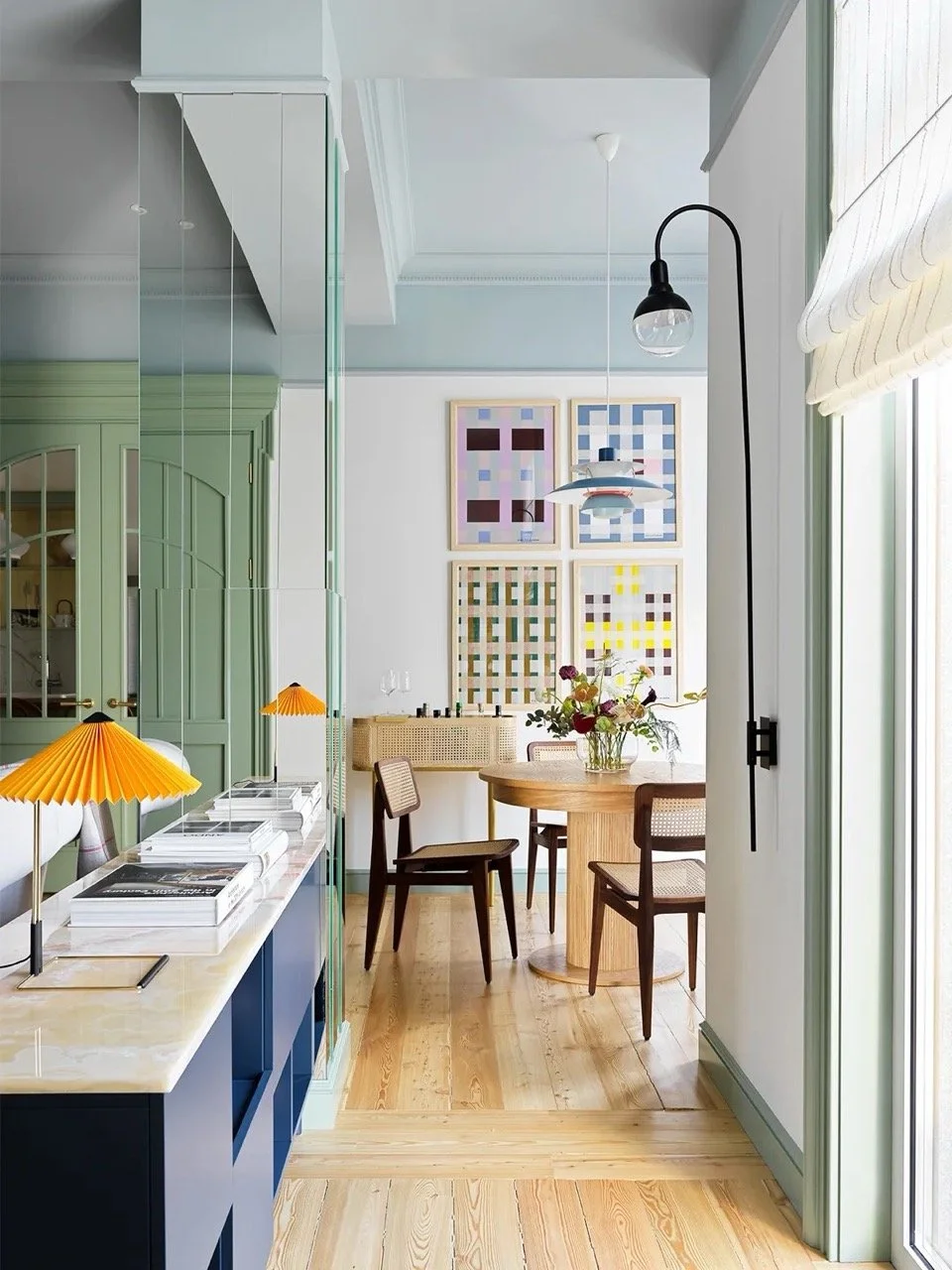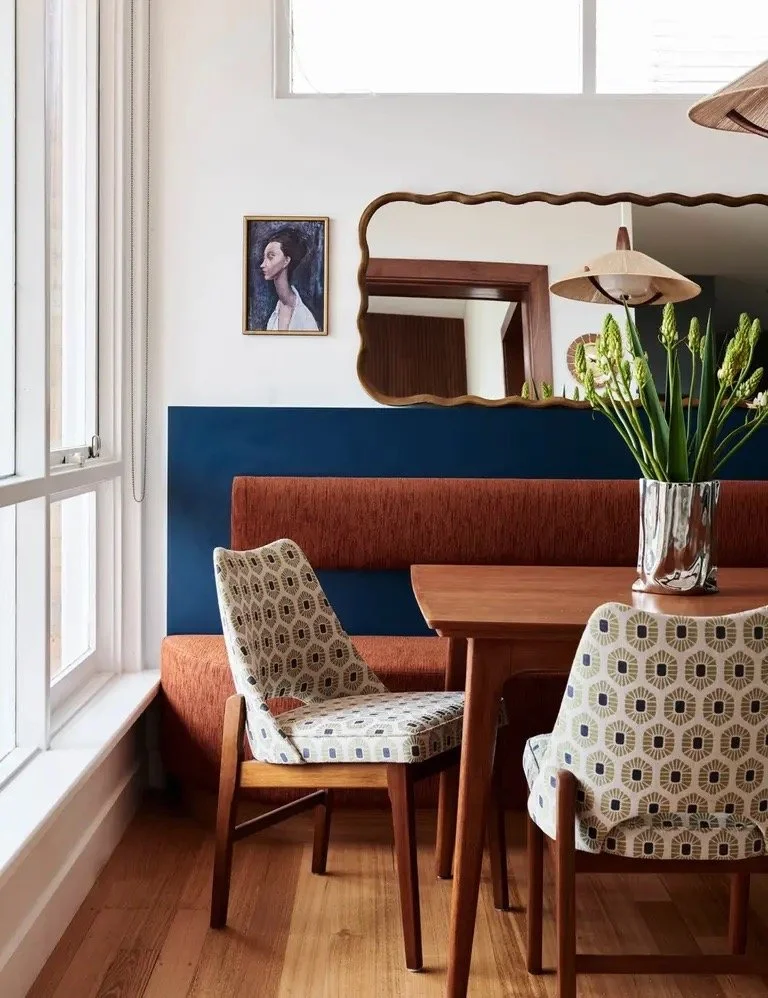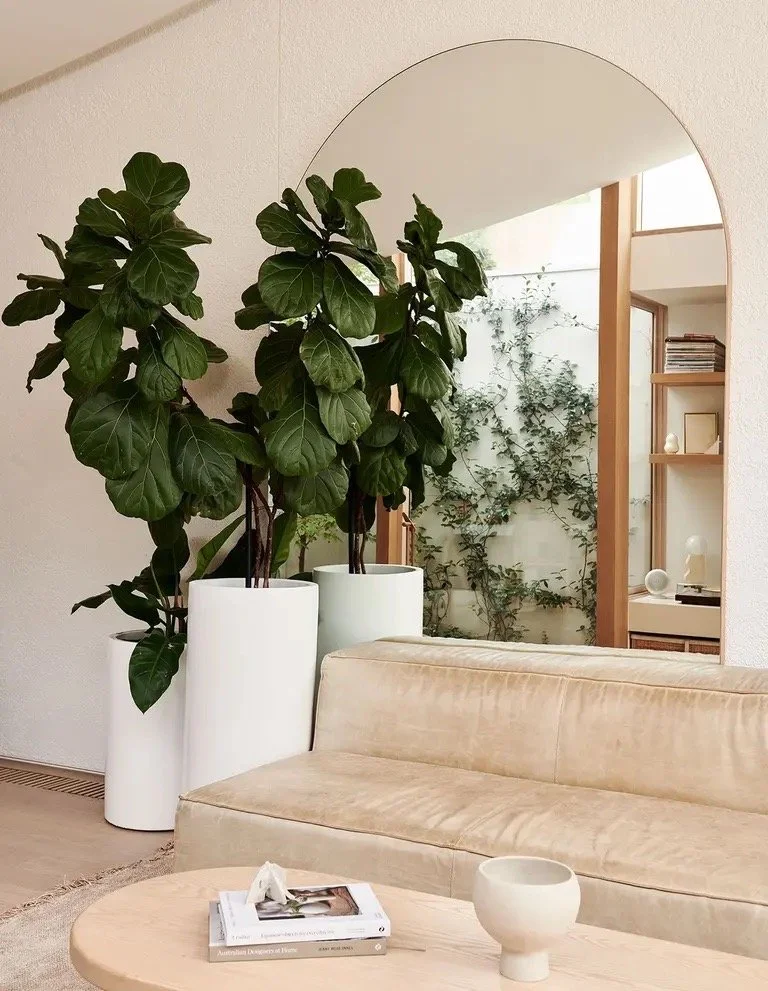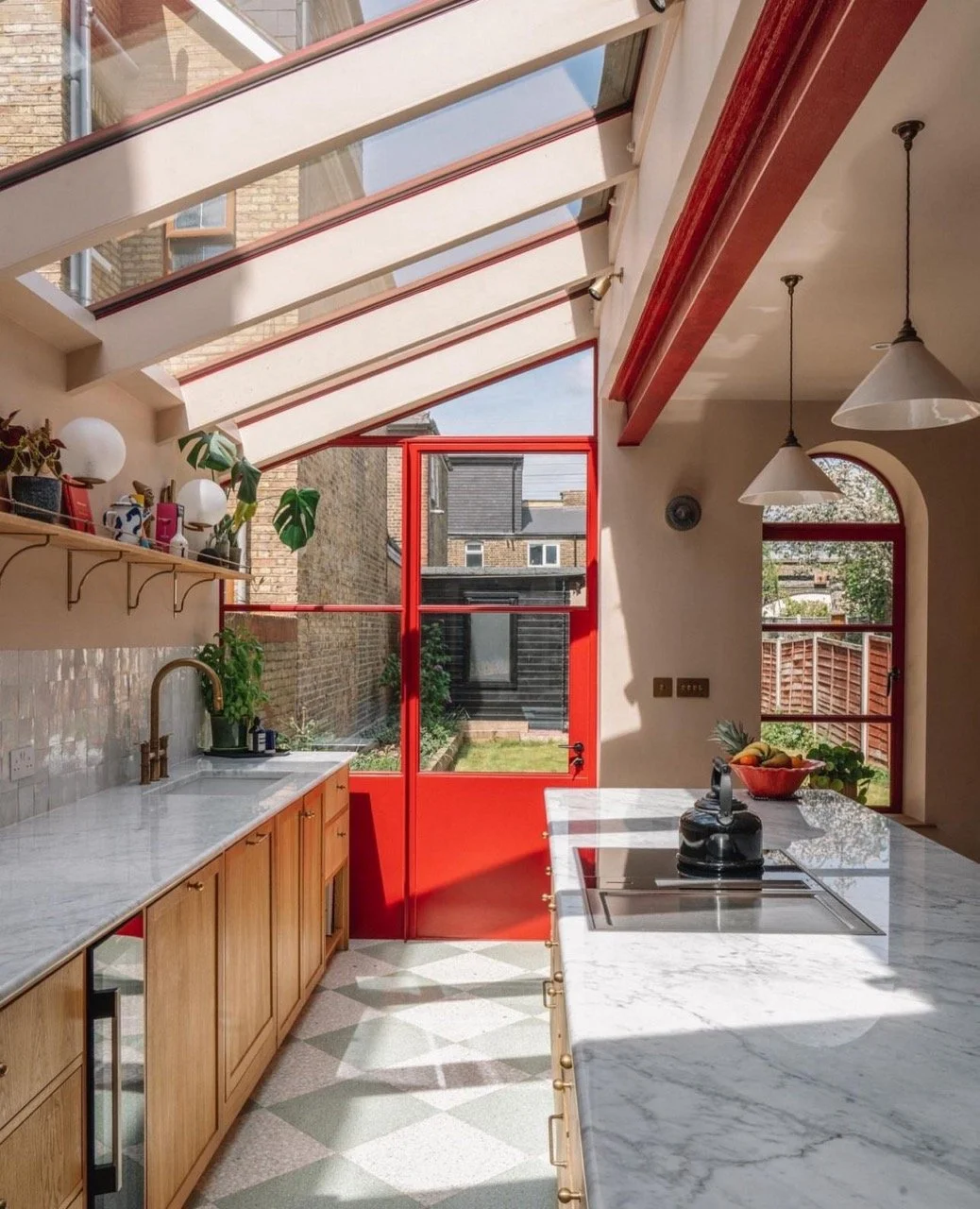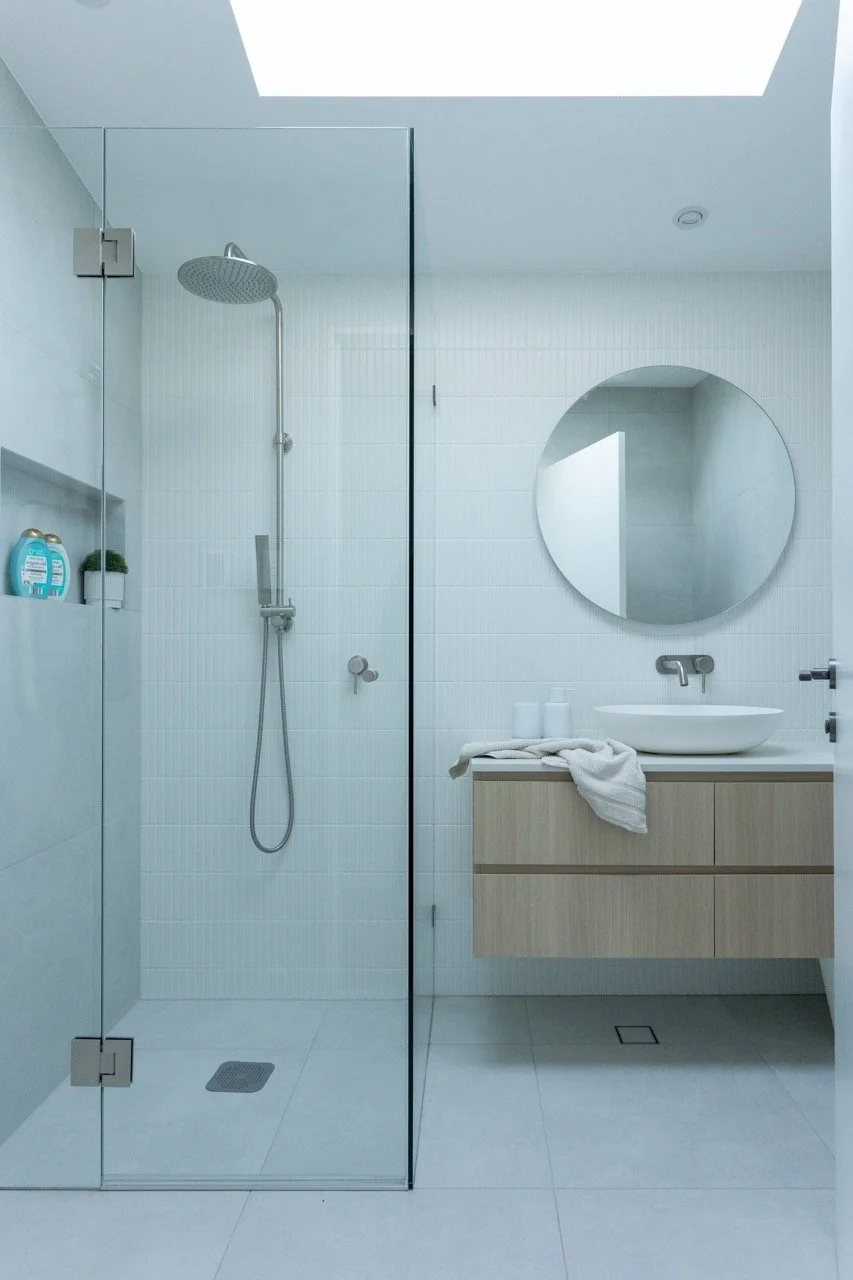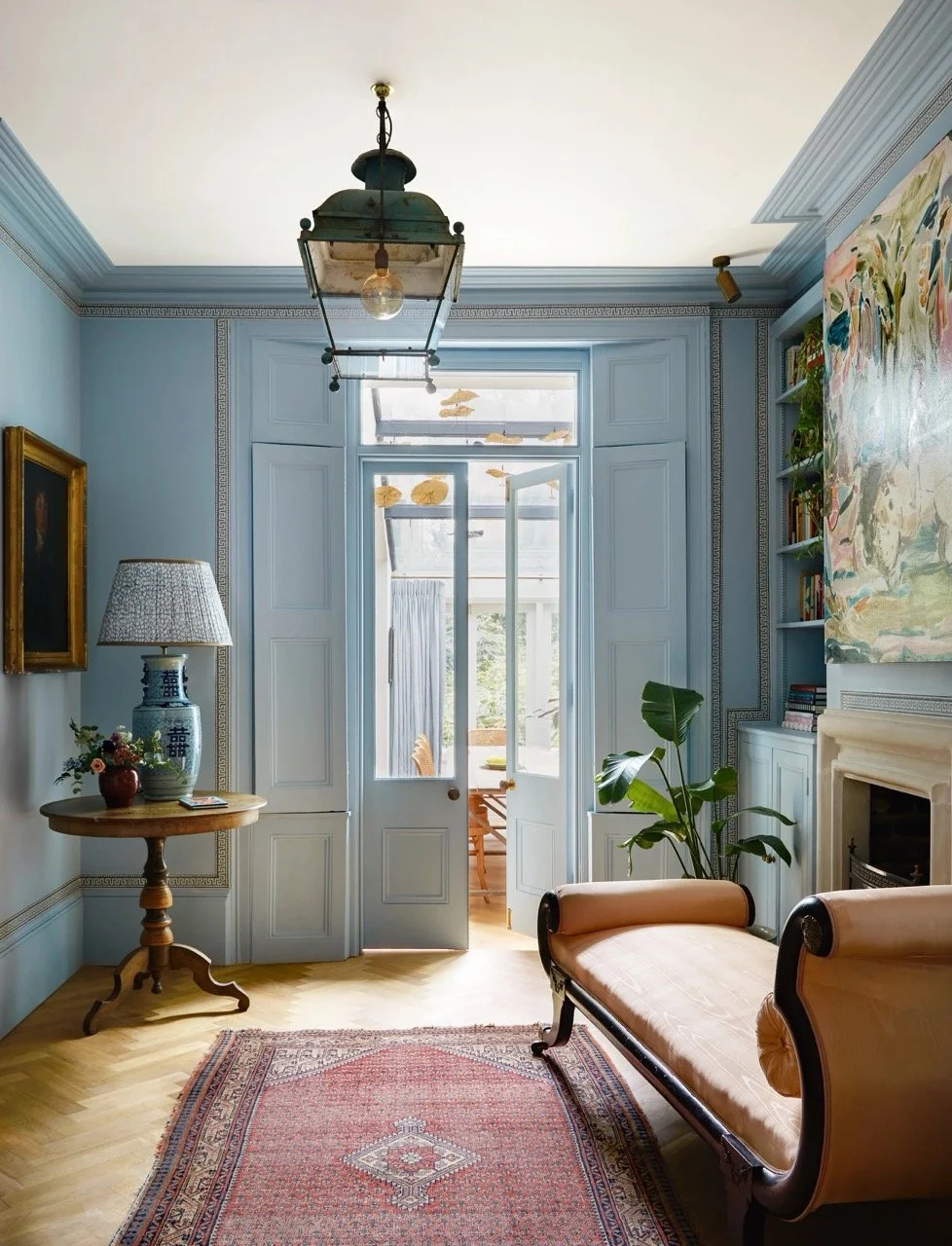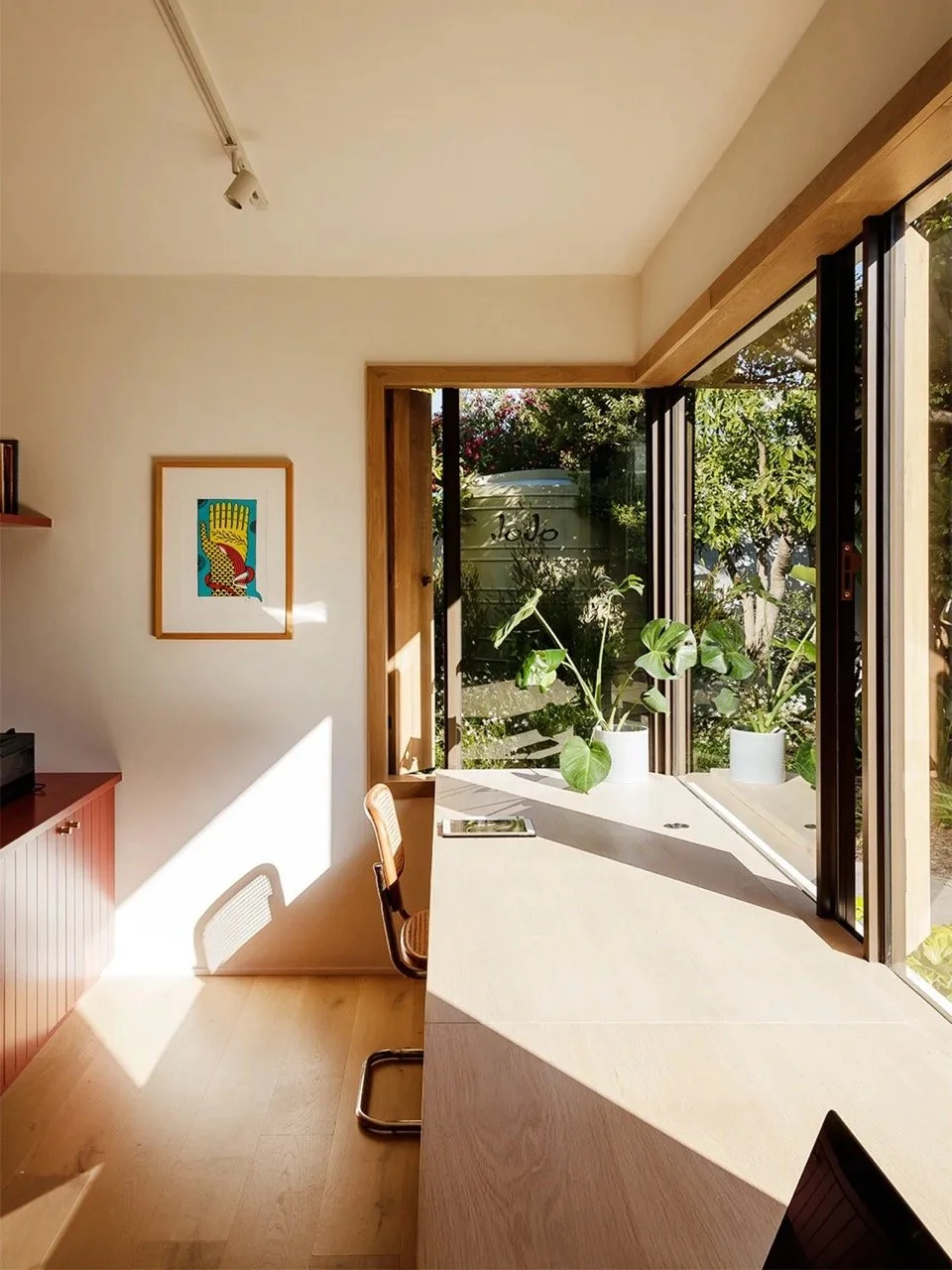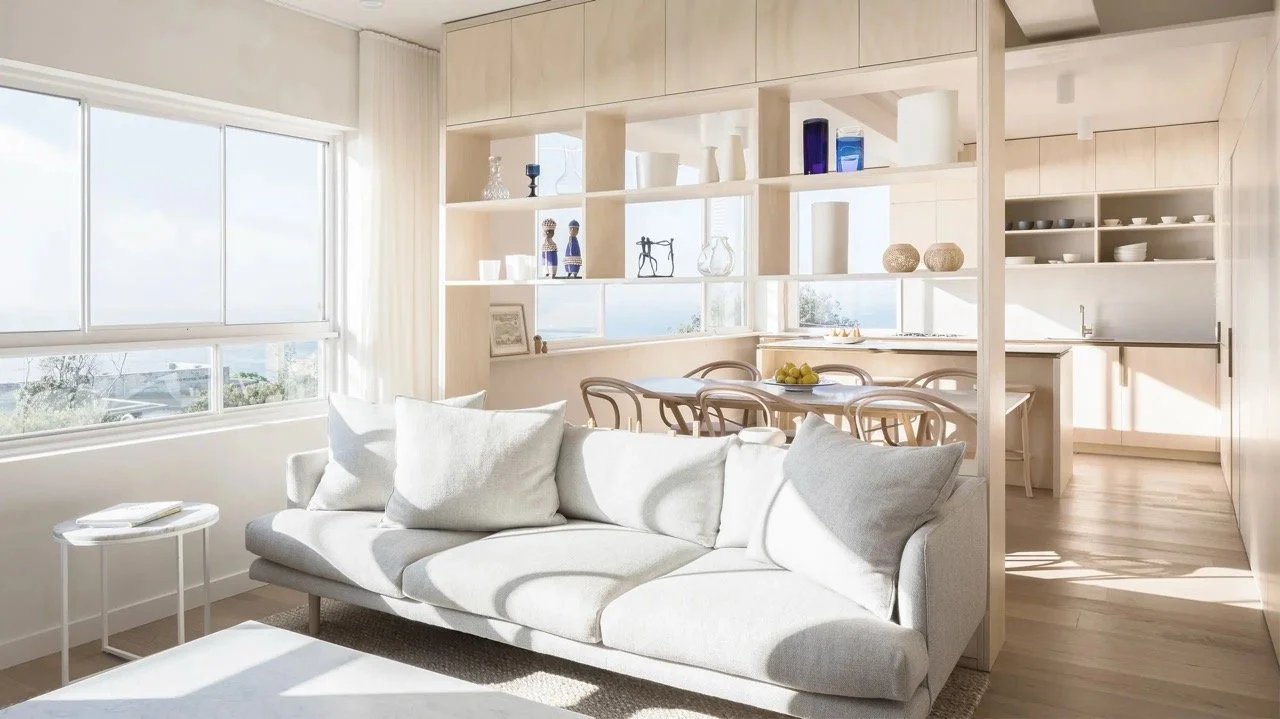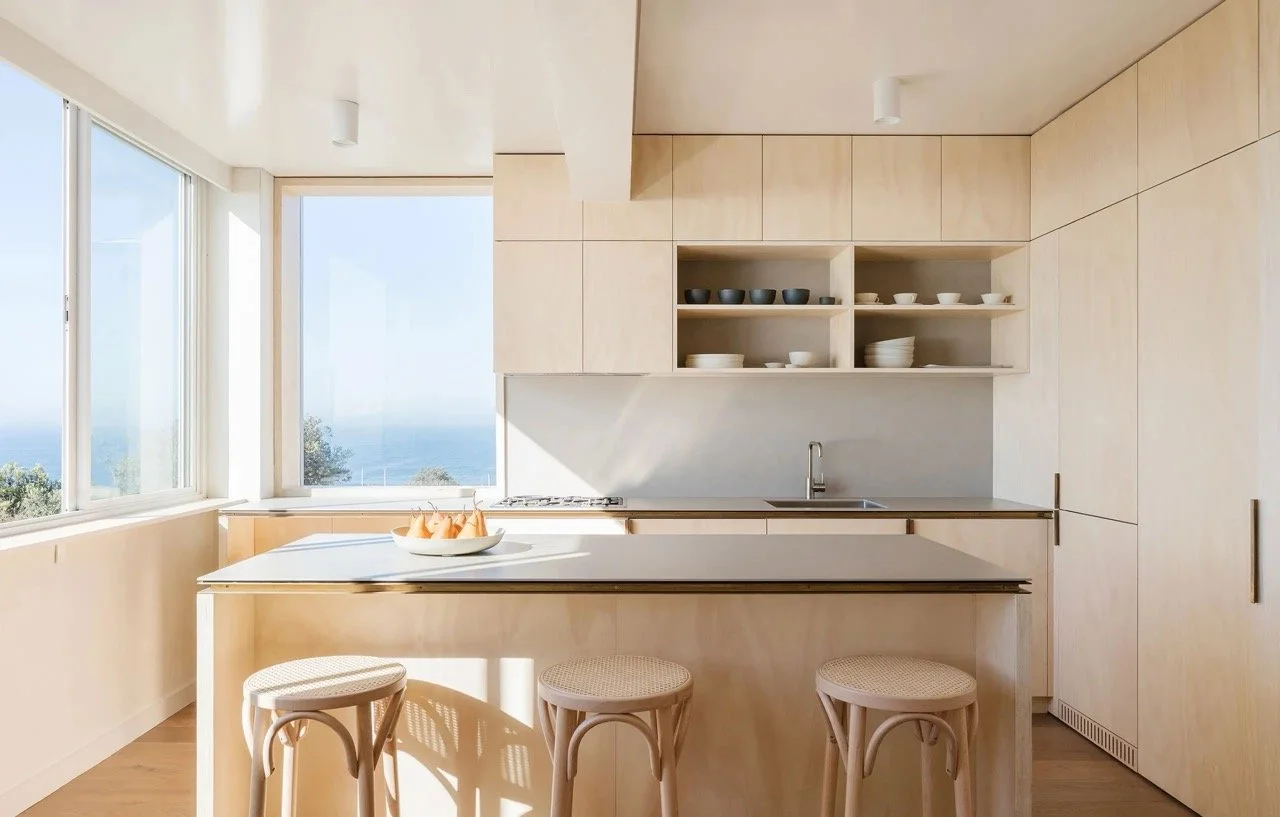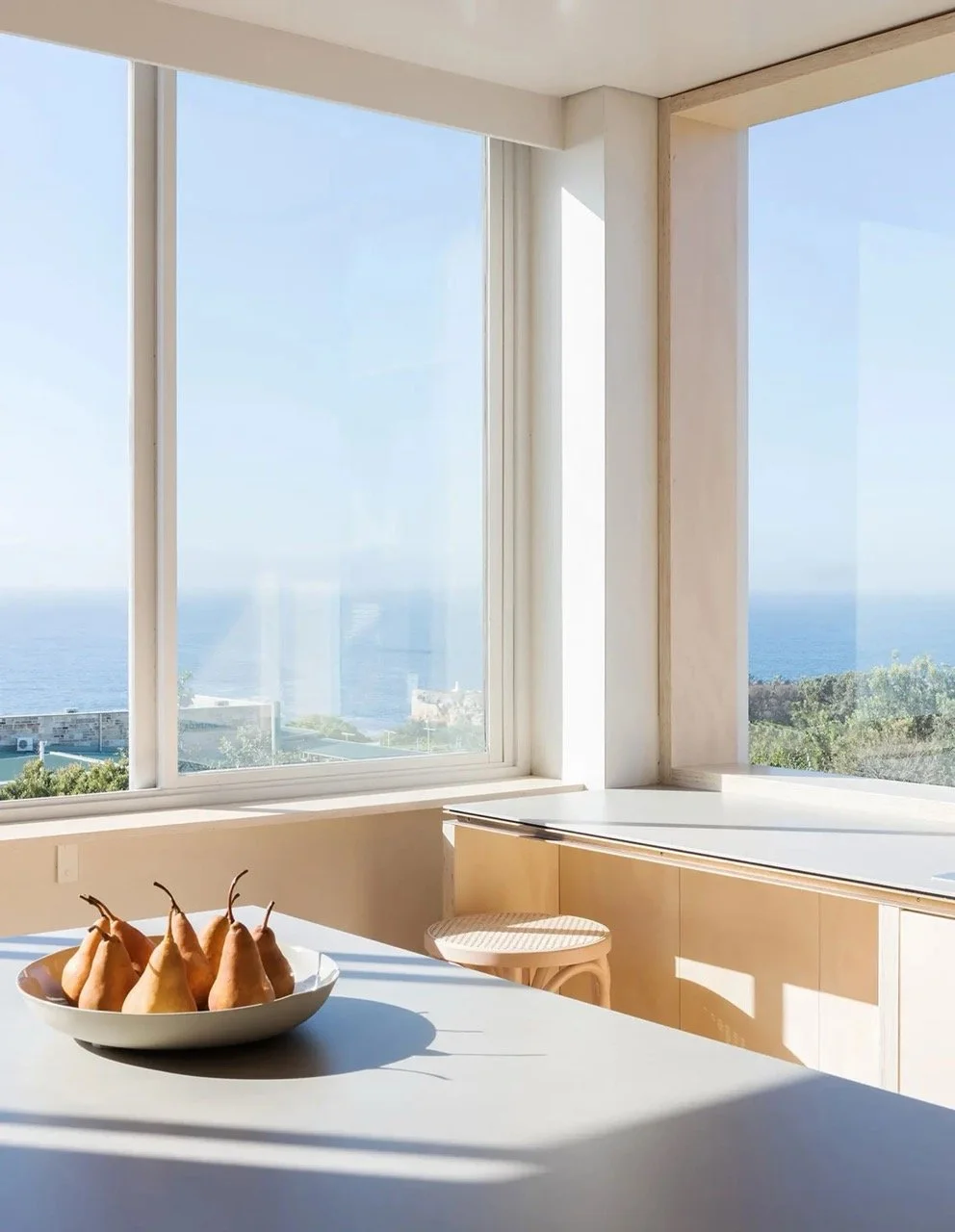Tips For Maximising Natural Light In Your Home
With winter soon approaching the Northern Hemisphere, I thought it would be a great time to share some tips on how to maximize the natural light coming into your home seeing that the days are becoming shorter and shorter. And for everyone in the Southern Hemisphere (like me), there’s no reason why you can’t follow these tips as well to make the most of that gorgeous summer light. Let’s get started!
Weekly Learnings & Findings
Tips For Maximising Natural Light In Your Home
1. Choose The Correct Window Treatments
This one is quite obvious but the type of window treatments in your home will significantly affect the amount of natural light that enters in. So if you want to increase the amount of light, in your living room, bedroom, or whatever room, opt for a sheer fabric option. Something like a light linen or cotton.
Now, this doesn’t have to be s-curve track sheer curtains like the images I’ve provided below. You can also get sheer roller blinds or sheer Roman blinds, but sheer curtains are definitely the most sought-after at the moment. Now that will maximize natural light, but I also understand that most people want some flexibility with the amount of light streaming in and also privacy so combining sheers with a layer of block-out is the way to go. A combination of sheer curtains and block-out curtains or drapes is a popular combo, although it can be very costly due to the amount of fabrics used. Many people also opt for sheer curtains, and layer a block-out roller blind behind them, which I’ve done in many of my past projects as well.
Photography by Read McKendree
Project DL
Project VP
Photography by Julia Latkins
2. Consider Open Spaces
If you’re not renovating your home, this tip might be a bit redundant, but open spaces are amazing as they let natural light flow throughout your space (though I understand not everyone likes open-plan spaces, so consider your needs and function first).
And for those of us who aren’t renovating, there are little tricks to open up your space with decor and furniture. For example, having furniture with open shelving, opting for furnishings made from glass as light can stream through them, choosing finishes in the glossier spectrum, and generally choosing lighter weight and slimmer furnishings.
Photography by BCDF Studio
Photography by Erik Bernstein
Photography by Jade Cantwell
3. Use Lots of Light Reflecting Materials
Mirrors are your best friend when it comes to maximizing natural light in your home. Think about how you can use them strategically such as opposite a window so it looks like there’s a portal to the outside world in your room.
I’ve provided some images below but I find the first inspiration image interesting because they’ve completely covered a column in mirrors which not only makes it look invisible but also visually extends the sideboard, making it look like the space is much bigger than it is.
Now, most of the examples I’ve given here are mirrors but there are so many other light-reflective materials out there. Think about how you can use glossy paint finishes like semi-gloss for trims, or decorate with glass or acrylic furniture that will let light pass through.
Photography by Sergey Krasyuk
Photography by Eve Wilson
Photography by Eve Wilson
4. Lots of Skylights & Windows
It’s quite obvious that more windows = more natural light. But many people overlook the power of skylights. They’re particularly helpful in areas that may not have access to traditional windows like bathrooms and kitchens, or internal rooms on the ground floor of a double-storey house.
Also don’t forget that you can use windows internally such as on doors. Like how the third and fourth inspiration images have used glass doors to section off the office area for a bit of privacy but they still get lots of lovely natural light in. Internal windows are a great way to “borrow” natural light from another room, but at the same time maintain some level of privacy. It also allows your eye to see much further than it normally would, and sometimes, the outside views can be seen from far inside - which overall gives an airy and more spacious feel.
5. Lighter Color Walls
Lighter colors will make a space feel brighter as they’ll reflect the natural light entering the room, rather than absorbing it.
However, I highly suggest avoiding crisp or clean white paint if you have a dark room. There’s a huge misconception that you should paint a dark room white, but if you talk to any experienced designer, they will all say the same thing, do not paint a dark room in a crisp or clean white and expect it to magically become bright. White paint thrives in a bright room, but without light bouncing around, nothing happens and it just falls completely flat.
It’s better to use an off-white shade or any other light colors. The choice of a warmer or cooler undertone is up to you, it depends on the space and how you want the room to feel.
So, be sure to test several different shades to decide which is best for your space. They can feel very different depending on the type and orientation of the light that hits them.
Wrap Up
So there you have it, everything you need to know to keep your home bright and cheerful with natural light! Hope you found these tips helpful and if there are any topics that you’d like to know more about in future editions, don’t hesitate to let me know.
Beautiful Space
The Tiny Beachside Apartment | Written by Sally Tabart, Photo by Katherine Lu
Struggling with decorating your home?
Check out some of our templates and resources.
Or check out my Practical Home Design course where I cover a step-by-step process so you, yourself can confidently make your own choices and design a home that you’ll love. There's roughly 3 hours of video content, and I'll also provide you with guides, handbooks, templates, and a bunch of resources to aid your learning.
